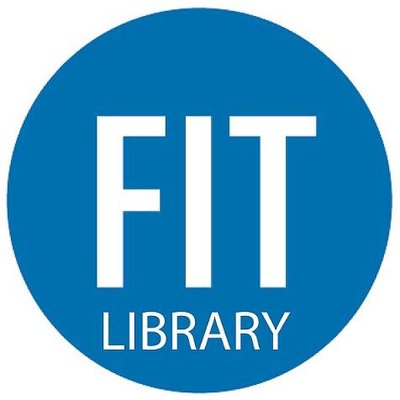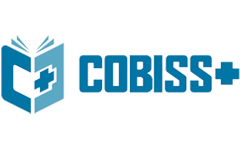The Effect of Muscle Strength Training in the Opposite Way on Increasing the Range of Motion and Working Muscles of the Ancestral Ends of Football Players
DOI:
https://doi.org/10.61841/6t5t6c59Keywords:
Football Players, Strength Training, Opposite WayAbstract
The study aimed to identify the effect of strength training in the opposite way in increasing the range of movement and working muscles of the ancestral parties of football players. The study was conducted on a sample of Diwaniyah football team consisting of (16) players and the researcher used the experimental method by (8) weeks by ( 3) Training units per week, and the time of the main part of the daily training unit ranges at a rate of (40-60) minutes. The researcher used statistical treatments in the SPSS statistical program and concluded the following:
- The muscle strength exercises in the opposite way contributed to increasing the motor flexibility and working muscle strength.
The most important recommendations
- The necessity of making use of this study in increasing the range of movement and strengthening the working muscles of the lower extremities of football players.
Downloads
References
1. Sareeh Abdul-Karim Al-Fadhli: Applications of Biomechanics in Athletic Training and Motor Performance, Second Edition, House of Books and Documentation, Baghdad 2010.
2. Raisan Khoreibat Majeed: Encyclopedia of Measurements and Tests in Physical and Sports Education, Part 1, University of Basra, Higher Education Press and Scientific Research, 1988 p. 99.
3. Qais Naji Abdel-Jabbar, Bastawisi Ahmad: Tests and Principles of Statistics in the Sports Field, Baghdad, Higher Education Press, 1987, p. 346.
4. Qais Naji: A comparison of some elements of physical fitness between the governorate of Baghdad and Babylon for the ages of (6-12) years, Master Thesis, Physical Education Library, Baghdad 1997, p. 97.
5. Shamel Kamel, Kazem Al-Rubaie: Physical Preparation with Football, Baghdad, Higher Education Press and Scientific Research, 1996, pp. 178-177.
6. Kazem Abdel-Rubaie and Mowaffaq Majeed Al-Mawla: Physical counter in football, Mosul, Dar AlKutub for printing and publishing. 1988 p. 47.
7. Mohamed Hassan Allawi, Mohamed Nasr El-Din Radwan: Measurement in Physical Education and Sports Psychology, 1st edition, Cairo, Dar Al-Fikr Al-Arabi, 1987 p. 366.
8. Muhammad Subhi Hassanein, Measurement and Evaluation in Physical and Physical Education, Part 1, No. 4, Cairo, Dar Al-Fikr Al-Arabi, 2001, p. 303.
9. Wadih Yassin Hassan Muhammad: Statistical Applications and Computer Uses in Physical Education Research, Mosul, Dar Al-Kutub for Printing and Publishing, 1999, pp. 160-161.
10. Wajih Mahjoub and others. Theories of learning and dynamic development, 2nd floor, Baghdad, House of Books and Documentation, 2000, p. 57.
11. Walid Khaled, Jamil Mahmoud: The discriminatory analysis of some skill variables among footballgoalkeepers, Al-Rafidain Journal for Mathematical Sciences, Volume 18, Issue 58, Iraq, publishedresearch 2012.
12. Youssef Lazim Kamash: Basic Skills in Football, Education, Training, Dar Al-Khaleej, Amman, 1999.
13. Schmidt, A, Richard and Robert, A-Bjork,1992pp281-291.
14. Athab NA. An Analytical Study of Cervical Spine Pain According to the Mechanical Indicators of the Administrative Work Staff. Indian Journal of Public Health Research &Development. 2019;10(5):1348-54.
Downloads
Published
Issue
Section
License
Copyright (c) 2020 AUTHOR

This work is licensed under a Creative Commons Attribution 4.0 International License.
You are free to:
- Share — copy and redistribute the material in any medium or format for any purpose, even commercially.
- Adapt — remix, transform, and build upon the material for any purpose, even commercially.
- The licensor cannot revoke these freedoms as long as you follow the license terms.
Under the following terms:
- Attribution — You must give appropriate credit , provide a link to the license, and indicate if changes were made . You may do so in any reasonable manner, but not in any way that suggests the licensor endorses you or your use.
- No additional restrictions — You may not apply legal terms or technological measures that legally restrict others from doing anything the license permits.
Notices:
You do not have to comply with the license for elements of the material in the public domain or where your use is permitted by an applicable exception or limitation .
No warranties are given. The license may not give you all of the permissions necessary for your intended use. For example, other rights such as publicity, privacy, or moral rights may limit how you use the material.
















